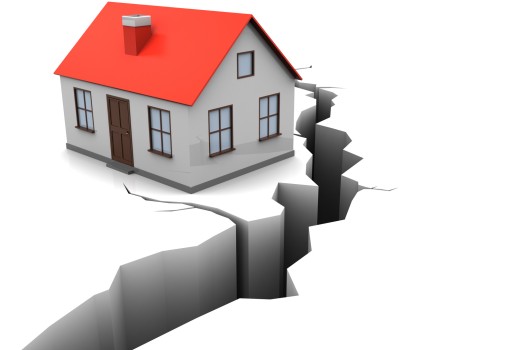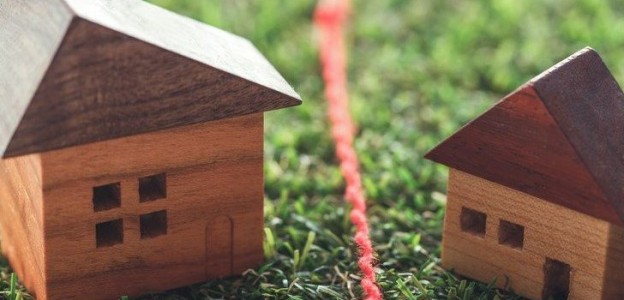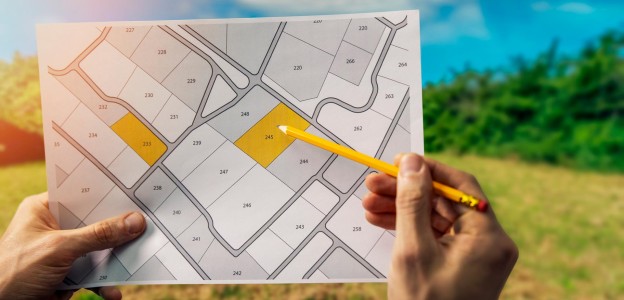17 April 2019
IAG Liable For Defective Earthquake Repairs
Authors

High Court confirms that an insurer that elects to repair insured property damage is liable for defective repairs.
The High Court has recently delivered its judgment in Bruce & ors the IAG New Zealand Limited [2018] NZHC 3444. The Court held that where a policy of insurance gives the insurer the right to elect to reinstate the insured property, rather than pay, and the insurer elects to repair insured property damage, the policy becomes a repair contract and the insurer is liable for defective repairs. Here IAG had elected to repair the property and the Court said it was therefore liable for ensuring that the property was repaired to a “when new” condition as required by the policy (this was not disputed by IAG). The main issue in dispute was what was required of IAG to repair or replace the insured property to the same condition “as when the house was new”. The Court also held that IAG owed a duty of good faith to the insured, which had been breached, but left the assessment for damages to be determined.
Background
The claim concerned a house that was constructed in 2006. It was built for an architectural designer and it was constructed to a high standard. The quality of the construction of the house was such that it won a gold award in the House of the Year competition. The house was sold to the Bruces in 2009.
Following the earthquake, the Bruces entered into IAG’s managed repair programme. They entered into a contract directly with the builder, Jim the Builder Limited, and Hawkins provided project management services.
Following the completion of the repairs, there were a number of concerns raised in respect of the quality of workmanship. The three key areas of concern were:
1. The quality of finish to painting and plastering of the walls;
2. The verticality of the walls; and
3. The unevenness of the concrete slab foundations.
Policy Standard
The Court generally discussed both the “when new” and “as new” standard of repair. Here, IAG had agreed to “repair or replacement … to the same condition and extent as when the house was new”. The Court accepted that IAG was required to repair the house to its same condition as when it was originally built (as distinct from its condition immediately prior to the earthquakes). The Court also said that the standard of repair was to be an equal condition as it was when it was built and if this was not practicable, the repair was to be as close as reasonably possible to that condition. When assessing equality, the nature of the element was relevant and that, in this case, the relevant factual context includes that the house was built to a gold award winning standard.
Finish to Walls
There was a general dispute as to what level of finish was required for the walls. The original specifications for the house when it was constructed provided for a level 4 finish for the majority of the house and a level 5 finish in specified areas. However, the Court accepted evidence that during the course of construction there had been a verbal variation requesting that the house be finished to a level 5 standard throughout.
IAG sought to argue that it could not be expected to know of this increased standard without tracking down those originally involved in the work and, therefore, its obligation should only be to achieve a level 4 finish, except where a level 5 finish had been originally specified. The Court rejected this and accepted the evidence given that there had been a verbal variation during construction. It was ordered by the Court that IAG had to remediate the walls and ceilings to achieve a level 4 plus/level 5 finish.
Wall Verticalities
In assessing the wall verticalities the Court said the relevant standard is NZS3604:2011. It noted that the permitted deviation from vertical is 15 mm per two storey height and 5 mm per 2.4 m. The deviation from horizontal in any length up to 10 m is 5 mm, and in any length over 10 m is 10 mm total.
While the Court accepted that the walls were not as vertical as they were when they were constructed, it found that the variation from the standard was small and that it was generally accepted by all the experts that there were no structural, functional or amenity issues with the walls. It also found that it was likely never going to be possible to have the walls as straight as they were when the house was originally constructed. Given this, while the Court made no final order on this point, it indicated that the Bruce’s remedy was in damages which would need to be determined. It suggested that the parties may be able to resolve the issue by way of a payment to reflect the diminution in market value of the property as a result of the wall verticality issue, or a small loss of amenity payment.
Floor Levels
The Court said that the relevant standards were NZS3109:1997 and NZS3114:1987. There was also discussion of the BRANZ publication which provides for a concrete slab to be within +/- 10 mm in one room or space and a maximum of +/- 3 mm in any 3 m of length.
There was a dispute about how out of level the floor was. The Bruce’s expert’s position was that the floors were out by up to 40 mm and IAG’s expert’s view was that there was a 24 mm difference between the highest and lowest points on the ground floor and a 28 mm difference between the highest and lowest points on the garage floors.
The Court’s position was that the loss of amenity should be assessed separately for the garage and the rest of the house. It accepted that the floor levels had not been repaired to “as when new” and it noted that the levels were outside of the tolerances in the BRANZ publication. However, it rejected the Bruce’s submissions that the concrete slab must be replaced in reliance on the MBIE guidance. It said that the BRANZ publication and the Building Code are the relevant standards for assessment.
The Court was unable to determine what the relevant repair methodology would be given that the evidence was unclear. It suggested that the parties consider whether they could agree whether it would be worthwhile to grind some areas and/or fill others, otherwise there could be an assessment for damages on the basis of the diminution in value in the property as a result of this issue. If agreement could not be reached, the parties would need to return to Court to have damages assessed.
General Damages
The Bruces sought general damages of $50,000 for their “substantial distress, inconvenience and mental anguish” caused by IAG’s conduct. The Court held that the policy/contract was subject to a duty of good faith. It said that there had been a breach of that duty and that the Bruces were entitled to damages. However, further submissions on general damages were required on this issue before the Court was prepared to make a final award on damages for breach of a duty.
General Points
There a number of general points that came out of this decision:
1. The fact that the home was built to a high standard and had won a gold award was highly relevant in the Court’s assessment of the “when new” standard.
2. Under the Bruce’s policy with IAG, IAG had a right of election to either repair the house or pay the cost of repairs. It was accepted by IAG that it had elected to repair the property and, given this, that the insurance policy had become a repair contract and that IAG was liable in damages if the repair contract was performed inadequately. Although IAG has dealt with a number of claims through its managed repair programme, we are aware of other claims where IAG does not accept that it is liable for defective repairs because the policy does not include a right of election by IAG to repair the house. This issue is yet to be determined by the Court.
3. There was also an argument over the replacement of a fireplace. The two fireplaces in the property were matching and only one was damaged in the earthquakes. A matching replacement firebox was unable to be sourced and the Bruces argued that the other fireplace needed to be replaced to ensure they both matched. The Court rejected this argument and said that the other fireplace had not suffered any physical loss or damage as required by the policy and that if it is not practicable to replace an item to the same condition and extent when new, then repair or replacement is to be as close as is reasonably possible to that condition and extent. The Court was satisfied on the evidence that IAG had complied with that obligation.
The above information is of a general nature only. You should contact our firm for advice relating to your specific circumstances.







